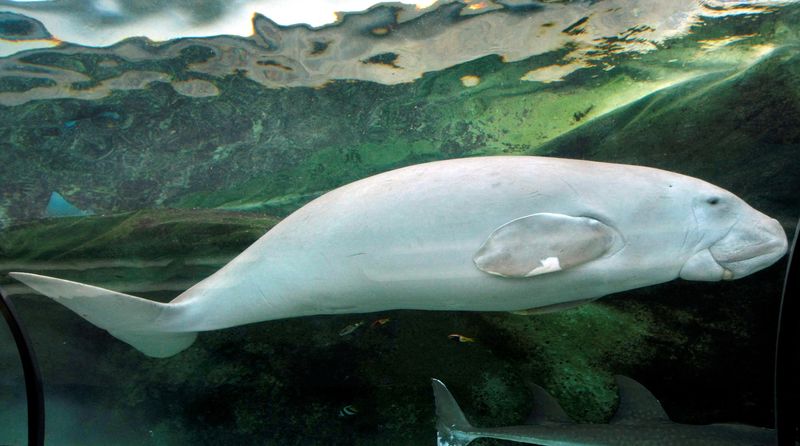A lot of marine life will disappear soon-red list
2022.12.09 10:14
[ad_1]

A lot of marine life will disappear soon-red list
Budrigannews.com – The most recent Red List of Threatened Species revealed on Friday that the effects of human activity – from climate change to pollution – are “devastating” marine life, with nearly a tenth of underwater plants and animals that have been assessed as being at risk of extinction.
The publication of the report comes at the same time as a U.N. summit on nature in Montreal, where UN chief Antonio Guterres has urged nations to end an “orgy of destruction” and agree on a plan to stop and reverse habitat loss.
According to the most recent list, which is published several times a year and serves as a barometer of biodiversity, more than 1,550 of the approximately 17,903 marine plants and animals assessed by the International Union for Conservation of Nature are in danger of extinction.
IUCN Red List director Craig Hilton-Taylor told Reuters, “It shows that we are having quite a devastating impact on marine species.”
More Iran’s leader promises harrowing crackdown on protesters
“You can’t really see what’s going on underwater. Therefore, by evaluating the species’ status, it provides us with a real indication of what is actually transpiring there, and the news is not encouraging.”
According to Hilton-Taylor, the percentage of marine species at risk of extinction is probably much higher than the data currently available indicates because the fish species that have been analyzed thus far tend to be widespread and are not currently in danger.
According to the IUCN, the dugong, a gray, bulky herbivorous mammal that is more commonly referred to as the sea cow, has lost more than 250 adults in east Africa and more than 900 in the French territory of New Caledonia.
They face a number of threats, including pollution from nickel mining in the Pacific and the loss of seagrass, their primary food source, in Mozambique as a result of oil and gas exploration and production.
The most recent list examines for the first time abalone species, a type of mollusc that is sold as a luxury seafood item, and finds that approximately 44% of them are at risk of extinction. According to IUCN, the stoking of disease and the destruction of their food sources by increasingly severe and frequent marine heat waves have resulted in widespread mortality.
The Caribbean species of pillar coral, which looks like upright stalactites, went from being “vulnerable” to being “critically endangered.” Since 1990, bleaching and disease have reduced its population by more than 80% throughout much of its range.
Amanda Vincent, chair of the IUCN Species Survival Commission Marine Conservation Committee, stated, “The awful status of these species should shock us and engage us for urgent action.”








